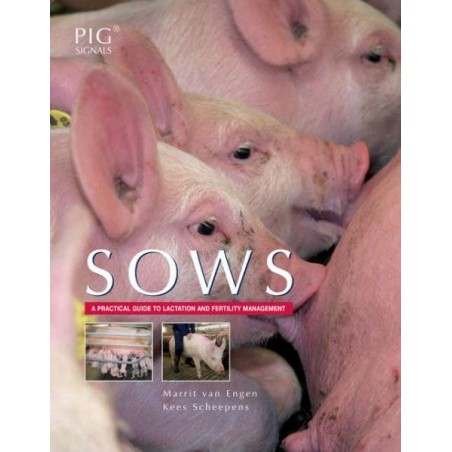Concerns have been raised regarding selection against the boar taint compounds, androstenone and skatole, due to potential unfavorable genetic correlations with important male fertility traits (i.e., selection of boars with low levels of these boar taint compounds might also reduce male fertility). Hence, the objective of this investigation was to study the genetic association between direct measures of male fertility and the boar taint compounds in Danish Landrace pigs.
Concentrations of skatole and androstenone in the back fat were available for approximately 6000 and 1000 Landrace boars, respectively. The litter size traits, such as, total number born, live piglets at day 5 and piglet survival until day 5 on relatives of the slaughter boars were extracted from the Danish Landrace breeding program, yielding 35,715 records. Semen volume, sperm concentration, subjective sperm quality score, and total number of sperm were available from 95,267 ejaculates. These ejaculates were collected between 2005 and 2012 and originated from 3,145 Landrace boars from 12 AI stations in Denmark. The traits were analyzed using single and multi-trait animal models including univariate random regression models.

Skatole and androstenone concentrations were moderate to highly heritable (i.e. 0.33 and 0.59, respectively). The genetic correlation between the two compounds was moderate (0.40). Genetic variance of sperm production per ejaculate increased during the productive life of the boar, resulting in heritability estimates increasing from 0.18 to 0.31. Genetic correlations between sperm production per ejaculate at different ages were high and generally larger than 0.8, indicating that later genetic merit can be predicted from records at an early age. The heritability (based on service-sire genetic component) of both total number of piglets born and survival to day 5 were 0.02 and the correlation between these effects and the additive genetic effect on boar taint ranged from 0.05 to -0.40 (none of these correlations were significantly different from zero). Most importantly, the genetic correlations between skatole and androstenone and the different semen traits tended to be more favorable with increase in age of the boars.
In conclusion, these data suggest that concentrations of skatole and androstenone can be reduced through genetic selection without negatively affecting important male fertility traits in Danish Landrace pigs.
Strathe AB, Velander IH, Mark T, Ostersen T, Hansen C, Kadarmideen HN. Genetic parameters for male fertility and its relationship to Skatole and Androstenone in Danish Landrace Boars. J Anim Sci. 2013 Aug 13. doi: 10.2527/jas.2012-6107






